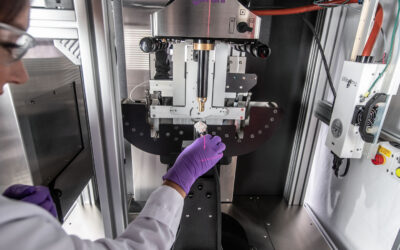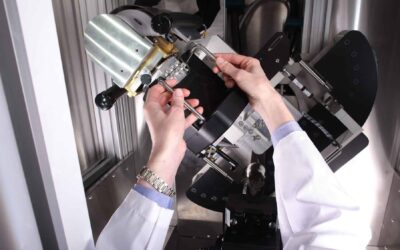The Xstrahl Small Animal Radiation Research Platform (SARRP) has been developed for conformal micro irradiation with on-board cone beam CT guidance. The graphics processing unit (GPU)-accelerated Superposition-Convolution (SC) method for dose computation has been integrated into the treatment planning system for SARRP.
In their paper “Validation of GPU-accelerated superposition-convolution dose computations for the Small Animal Radiation Research Platform” Cho N, Tsiamas P, Velarde E, Tryggestad E, Jacques R, Berbeco R, McNutt T, Kazanzides P and Wong J describe the validation of the SC method for the kilovoltage energy by comparing with EBT2 film measurements and Monte Carlo simulations.
Monte Carlo data was simulated by EGSnrc code with 3 × 108 -1.5 × 109 histories, while 21 photon energy bins were used to model the 220 kVp x-rays in the SC method. Various types of phantoms including plastic water, cork, graphite, and aluminium were used to encompass the range of densities of mouse organs. For the comparison, percentage depth dose of SC, Monte Carlo, and film measurements were analysed. Cross beam (x,y) dosimetric profiles of SC and film measurements are also presented. Correction factors (CFz) to convert SC to Monte Carlo dose-to-medium are derived from the SC and Monte Carlo simulations in homogeneous phantoms of aluminium and graphite to improve the estimation.
The SC method produces dose values that are within 5% of film measurements and Monte Carlo simulations in the flat regions of the profile. The dose is less accurate at the edges, due to factors such as geometric uncertainties of film placement and difference in dose calculation grids.
It was concluded that the GPU-accelerated Superposition-Convolution dose computation method was successfully validated with EBT2 film measurements and Monte Carlo calculations. The SC method offers much faster computation speed than MC and provides calculations of both dose-to-water in medium and dose-to-medium in medium.
This Xstrahl In Action was adapted from a article found on a National Library of Medicine website.






